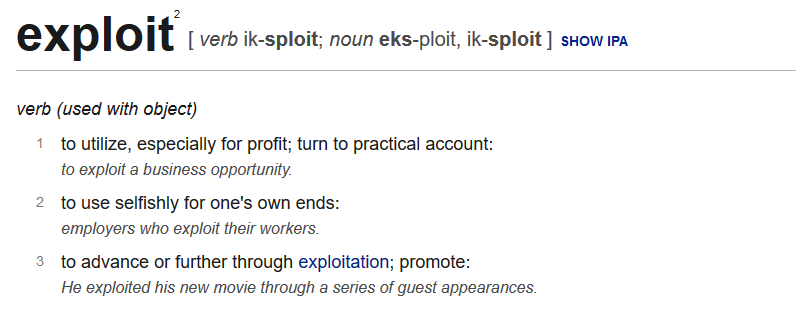Depictions that are CSAM (child pornography) are limited to those involving real children. Drawings, cartoons, text, etc. are not photographic evidence of child sex abuse or exploitation, and therefore cannot meet this definition.
I’ve been seeing a lot of bickering on Twitter over whether or not fictional media, like cartoons, fictional stories, or sex dolls count as “child exploitation”, that the mere idea of a child being sexually abused, be it in artistic or in the form of mere words, is exploiting real children or is in any way comparable to the harm, abuse, and rape of actual child victims.
They don’t, and I’ll explain why.
When a platform, organization, or person casually asserts that a drawing of a fictional character or hypothetical entities are equivalent to actual entities, attributed to living, breathing counterparts, they are committing a fallacy. They are willfully trying to blur the line between real life and fantasy or fiction by supplanting the idea that the discomfort associated with the mere concept as the same as the actual event, much to the detriment of the critical thought process necessary to actually find and help victims.
Child exploitation and abuse material is a problem because it has a victim, an actual child, a human being. That is the requirement necessary to assert that there was, in some way, exploitation or abuse.
You can’t “exploit” or abuse an idea, a concept without fallaciously broadening, and potentially undermining, the literal context by which “exploitation” is being used here. It’s simply not possible, rather, it is oxymoronic.
You can’t claim “child exploitation” applies to all children, then apply it to material that, by definition, does not involve or depict actual children.
Here, we see the literal definition of “exploit”, as provided by EXPLOIT Definition & Usage Examples | Dictionary.com
Under this definition, the employment of child actors for innocent or non-sexual material, like a commercial for children’s toys or a Nickelodeon sitcom aimed at a general audience, could count as “child exploitation” due to the overall objective behind the production of such material, which is profit.
“But we’re talking about SEXUAL exploitation, a narrow category…”
Right. But even then, you can’t exploit an idea in the same context as an actual, human being. Ideas can technically be exploited for profit, to stretch and distort that context to apply to the “idea” of children, in addition to actual victimization, then that would be a frivolous and dangerous exercise of ‘reaching’.
“But what about the likenesses and identities of minors?”
That is indeed a valid concern, and are of great interest to the victims of CSAM, an interest they have a right to protect, hence why combating and eliminating CP/CSAM is so important. It implicates the privacy rights of the children who were victimized by the material’s existence.
Material that exploits the likenesses of real minors, such as ‘deepfakes’ or digitally-altered images which use the face or identity of a real minor DO count as CSAM and are illegal. They are not ‘fictional’ when they do this, and for good reason.
The reason why works of fiction, such as drawings, dolls, etc. are plainly excluded from the definition of CSAM/CSEM is primarily due to the fact that, for these drawings to exist, the sexual abuse or exploitation of children is not a requirement.
We need to do a better job challenging these nefarious, dishonest, and emotional actors with sound arguments founded in logic and reason. Do not be swayed by their dim-witted appeals to emotion, appeals to morality, slippery slope fallacies, etc.
They know their arguments are not valid, but will scream louder to drown out the truth.
Don’t give up. Challenge them and point out the flaws in their arguments and their attempt to fool people into thinking their emotions and peer pressure on the issue are a valid replacement for a reasonable determination of facts.
They only want to eradicate thoughts or ideas they find unpleasant. There is no harm in allowing fantasy material to exist, as we’ve seen time and time again with respect to the overall harmless effect they have on consumers and society, and the fact that their free speech rights presumably protect such depictions (depending on jurisdiction).
They are not interested in the well-being of children, or even sexual exploitation, really. This whole “moral panic” is nothing more than a fashionable taboo, and enforcing that taboo at the very real expense of the rights of creators, survivors, and consumers. It is quite literally, nothing more than a frivolous assault on our freedoms just because they don’t appeal to the high-school-popularity-contest-style logic I explained previously.
They are not right. They are wrong, because the censorship they want is far worse in action, than the unfounded, long-winded prospect that these materials will ‘incite’ or cause some form of harm.
